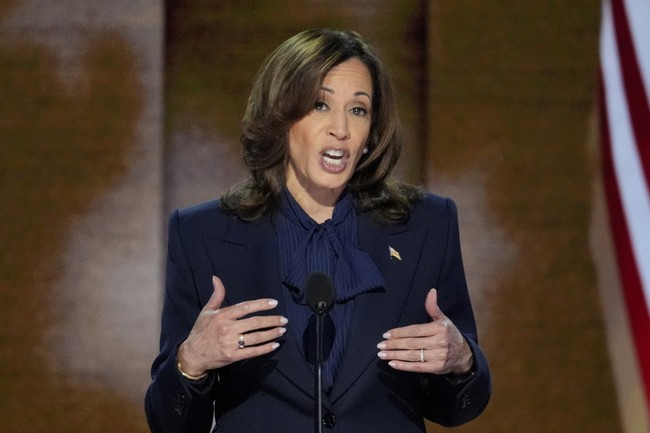Oil Market Turbulence: US Tariffs and Global Supply
Discover the intricate dynamics of global oil markets amidst the ramifications of US tariffs, sanctions, and geopolitical maneuvers affecting Venezuela and Iran, as analysts forecast turbulent times.
Published March 29, 2025 - 00:03am

Image recovered from arabnews.com
The global oil market is currently navigating turbulent waters as U.S. tariffs and sanctions against Venezuela and Iran have led to significant shifts in the trade balance and overall supply. These geopolitical developments have set the stage for price fluctuations, creating a ripple effect across global markets.
On the front lines of these developments are the new U.S. measures targeting Venezuelan and Iranian oil exports. President Donald Trump's administration has enacted tariffs on countries purchasing Venezuelan crude, sparking concern among global buyers. The U.S. decision also affected China's imports of Iranian oil. These moves are seen as attempts to further isolate these two nations economically.
These sanctions have had immediate consequences on the world's oil supply dynamics. Veneering on a potential crisis, the supply of global oil is facing bottlenecks. Analysts note that the halt in Venezuelan exports could significantly impact the market. Reliance Industries in India, famed for operating the world's most colossal refining complexes, has announced it will cease imports from Venezuela. This decision has far-reaching implications, especially considering China's trade relationship with Venezuela has seen interruptions.
Due to these sanctions, oil prices have seen oscillations with Brent crude futures fluctuating around $73.89 per barrel, and U.S. West Texas Intermediate crude futures lingering just below $70. Meanwhile, the market has struggled to sustain upward momentum due to macroeconomic uncertainties and technical resistance.
The U.S. has also begun to see an increase in domestic demand, reflecting in crude stock levels. According to the Energy Information Administration, U.S. crude inventories have decreased significantly by 3.3 million barrels. This draws attention to the fact that despite broader economic uncertainties, demand in the world's largest oil consumer remains robust.
Further compounding concerns are potential escalations in the U.S.-initiated tariff war. New U.S. tariffs on automotive imports could curb gasoline demand, creating ripples across the broader economy. Coupled with China's pivotal economic data, scrutinized globally, any slowdown could further exacerbate the situation.
Meanwhile, the role of OPEC+ continues to be crucial in stabilizing the global supply. With a scheduled increase in oil production, OPEC+ remains committed to maintaining a balance despite production cuts by some member states.
Given these entwined dynamics, market analysts are cautious in predicting any sustained upward trajectory in oil prices. They remain tethered to a forecast of $76 per barrel for Brent crude by 2025, acknowledging heightened uncertainty as a critical factor influencing future trends.
In essence, the oil market remains a war zone of economic strategies, geopolitical posturing, and fluctuating supply chains. The impacts of U.S. policies and the countermeasures of affected nations continue to wield significant influence in shaping the market landscape.







